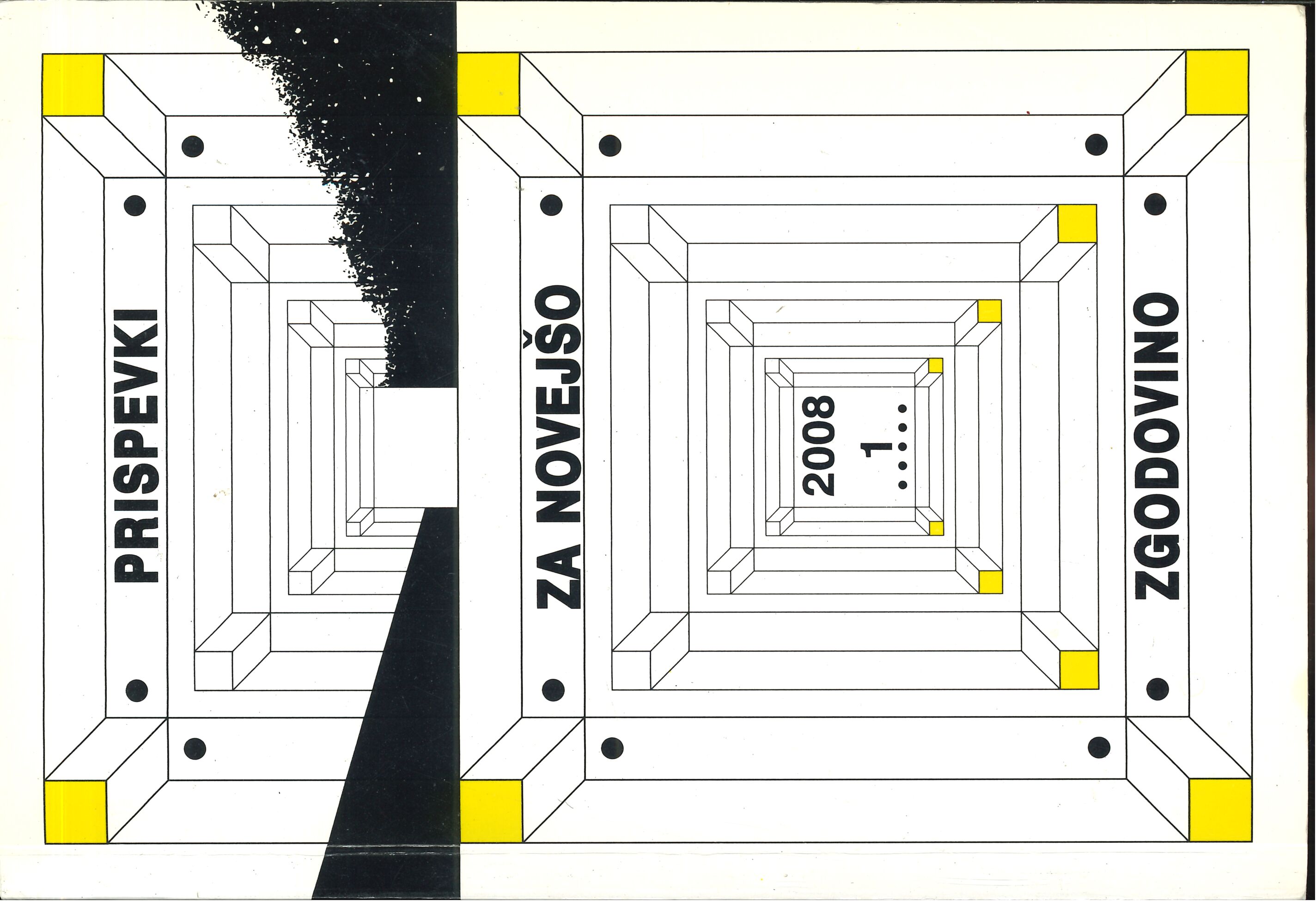Ljubljana's Food Supply 1941-1945
Keywords:
Ljubljana, World War II, Slovenia, food supplyAbstract
After the occupation, the citizens of Ljubljana found themselves in a difficult situation as far as their food supply was concerned. At that time, the new state border cut off Ljubljana's economic hinterlands from the city, which only had modest reserves at its disposal, and it, overrun by thousands of refugees, lost its last remaining link with the surroundings after it had been encircled in barbed wire. The authorities attempted to alleviate the distress of the people with various measures, and at the same time they advised them to help themselves in the struggle for survival. Despite all efforts, the city's isolation and the consequences of war called for the increasingly strict rationing or even cancellation of more and more basic necessities of life, and the prices went up. Thus in the final months of the occupation, the metropolis saw starvation. Malnutrition manifested itself in poor health conditions and a high mortality of tuberculosis patients.
Downloads
Published
Issue
Section
License
Authors who publish with this journal agree to the following terms:
- Authors retain copyright and grant the journal right of first publication with the work simultaneously licensed under a Creative Commons Attribution License that allows others to share the work with an acknowledgement of the work's authorship and initial publication in this journal.
- Authors are able to enter into separate, additional contractual arrangements for the non-exclusive distribution of the journal's published version of the work (e.g., post it to an institutional repository or publish it in a book), with an acknowledgement of its initial publication in this journal.
- Authors are permitted and encouraged to post their work online (e.g., in institutional repositories or on their website) prior to and during the submission process, as it can lead to productive exchanges, as well as earlier and greater citation of published work (See The Effect of Open Access).


